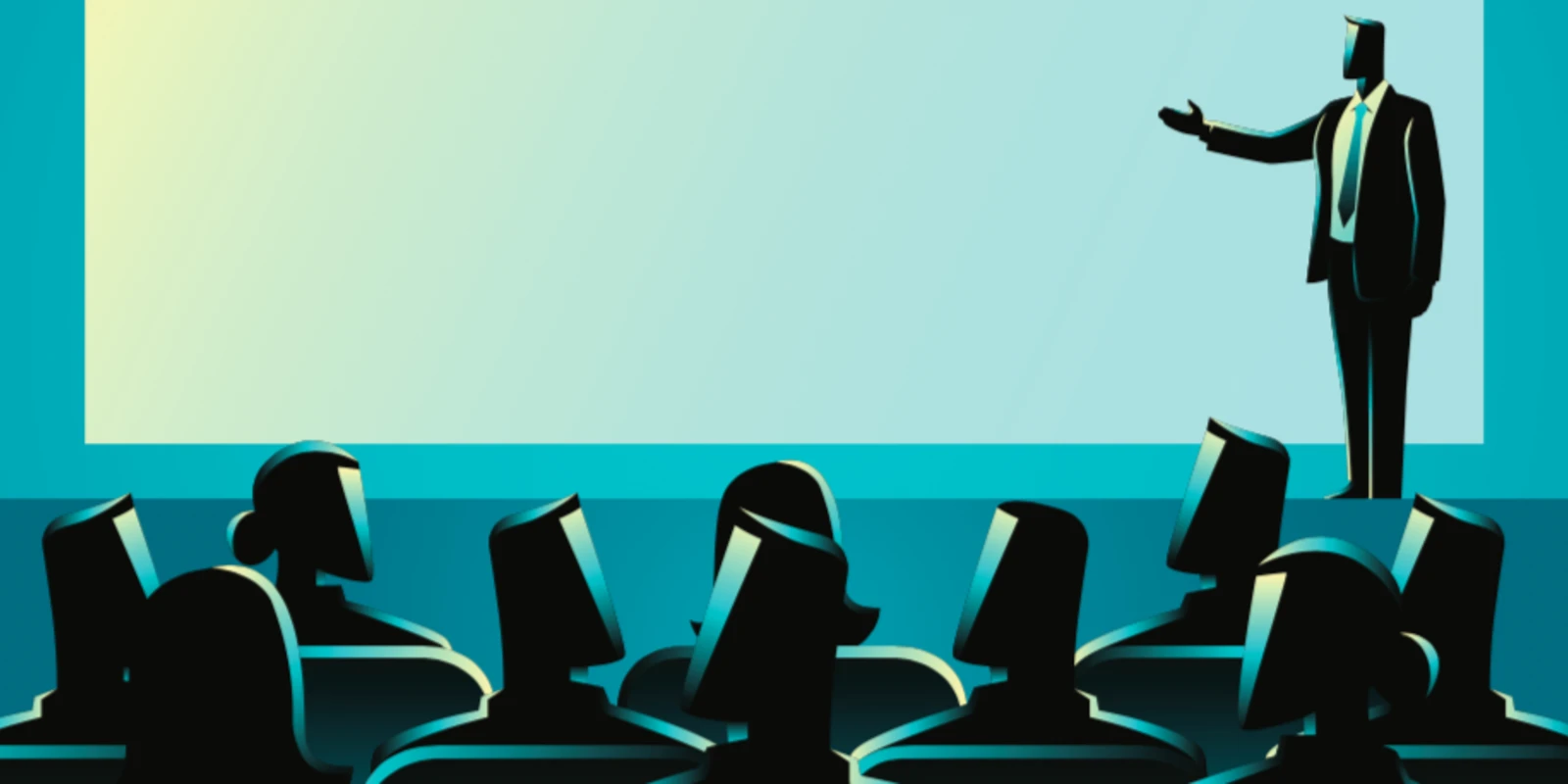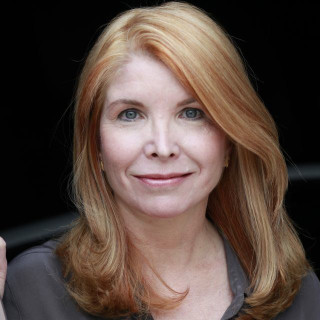
Tech entrepreneur Josh Linkner gave the keynote speech at this year's ASA annual meeting in San Francisco, delivering a rousing talk designed to leave the audience inspired with a can-do attitude and new hope for the survival of anesthesiology as a profession.
It should be a good talk; Mr. Linkner clearly has given it plenty of times. According to national speakers' bureaus, the 48-year-old "innovation and creativity speaker" and "New York Times bestselling author" charges from $30,000 to $50,000 a pop for his keynote addresses, and guarantees a "fast-moving and entertaining" experience for listeners with "real takeaway value."
So what did we get for our money?
We learned from Mr. Linkner about five "big ideas" that he believes are the keys to driving innovation in any field:
Every barrier can be penetrated
Video killed the radio star
Change the rules to get the jewels
Seek the unexpected
Fall seven times. Stand eight.
Mr. Linkner set the stage for the five big ideas by predicting a future of change in medicine at even faster rates than we are seeing today – a future of nanotechnology, advances in biotech, and a human lifespan of 130 years or more. "Our job is to lead that change," he said. "What can we do as physicians to drive innovation in our field and for our patients?"
The answer – don't fall into the trap that Rand McNally did when it lost out to Google in the market-share battle for online maps and direction guidance. The venerable company invented the atlas 120 years ago, but became intoxicated by its own success. "They failed to adapt or innovate. Then they just failed," Mr. Linkner said. "We can no longer simply rely on the models of the past and expect the same results. The rules are shifting beneath us!"
Hottest technology of all: Human creativity
Mr. Linker believes that it's critical to leverage human creativity to drive significant results. He consults with "artists, hackers, and musicians" – not just with CEOs and "thought leaders" – to learn from them about creative thinking as a path to transformation. He explained why he believes that these five big ideas, which are the core mindsets of innovators, can become an integral, rewarding part of daily work.
- Every barrier can be penetrated: No matter how difficult an obstacle may seem, he said, "if we throw enough imagination at it any barrier can melt away." Telling the story of an Air Canada jet stranded for hours on an icy runway, with no food and liquor left to mollify the passengers, Mr. Linkner said the hero of the day was the pilot from WestJet, a competing airline, who climbed on board with fresh, hot pizza for everyone. He quoted an old proverb, "Man who says it can't be done should not interrupt man doing it!"
- Video killed the radio star: Citing the disruptive effect of MTV's new music videos in the 1980s, Mr. Linkner said, "Someday a company will come along that will put us out of business. It may as well be us!" Sometimes old brands and processes must be pronounced dead and laid to rest, like Ben & Jerry's graveyard for past ice cream flavors. "It's not about criticizing or casting blame," he said. "It's about making room for something new."
- Change the rules to get the jewels: "We overestimate the risk of trying something new," Mr. Linkner said, "and underestimate the risk of doing nothing." In a time of intense resource constraints, we are forced to solve problems in different ways, he said, urging listeners to borrow ideas from different industries. Look, for example, at a l_text in bold_ittle bank in Poland that borrowed an idea from Uber and Lyft, and created an app that will send a vehicle with an ATM on board directly to customers who need cash in a hurry. "They didn't get the idea by studying other banks," Mr. Linkner said. And if you try something new and it doesn't work perfectly the first time, don't retreat, he advised. "The boldest innovators keep going!"
- Seek the unexpected: "Some things we can control, and some we can't," Mr. Linkner said. Sometimes you have to look for Option X, not just Options A, B, or C. "We are hard-wired to be creative. That is our natural state. That's what we're built for! Option X ideas live inside all of us right now," he declared. At the Children's Hospital of Pittsburgh, window washers scale the building to keep the windows shining while wearing superhero costumes, to everyone's delight.
- Fall seven times. Stand eight: "If we're not stumbling sometimes, we're not going hard enough or fast enough," Mr. Linkner said. Grit, determination, tenacity and resilience are essential to success. As a cautionary tale, he advised looking at the city of Detroit. A hundred years ago, it was the Silicon Valley of America. "But we lost our way," he said. Stifling bureaucracy, a dwindling tax base, racial tension, and economic decline broke the city, but now it is "rising from the ashes." In 2010, Mr. Linkner and his partners raised $60 million to fund budding tech entrepreneurs in Detroit, and created a place where "innovation is worshipped." Where once there wasn't one tech startup, he said, now there are 70. "If we can do that in the complex environment of Detroit," he told the audience, "think what you can do!"
Reality check?
As I listened to Mr. Linkner and watched all the rapid-fire slides, I confess to some cynicism. When he said that no barrier can't be overcome, I couldn't help but think about how very tough it would be to persuade CMS to change its current policy of paying anesthesiology less than any other specialty – on average 27-33 percent – of what most other third-party payers consider reasonable for our services. Now there's a barrier that's enough to discourage anyone.
And when Mr. Linkner talked about changing rules, I recalled just how long it takes to convince the Joint Commission that one of its rules makes no sense. For how many years were we "graded" on giving perioperative beta-blockers before anyone acknowledged that they could do more harm than good? How long will it take before the AORN admits that its arbitrary OR dress code rules haven't reduced perioperative infection rates?
Nonetheless, I liked his assertion that brainstorming is the best way imaginable to get mediocre results. Instead, Mr. Linkner advised "role-storming": pretending you're a different person – an inventor, or a Steve Jobs – in order to find a different way to solve the problem. It doesn't hurt to look first at illegal ideas – even felonies – he urged, because any idea can be dialed back and made appropriate, legal,] and relevant.
"How do you promote creativity in medicine when from Day One it's been slowly and surely beaten out of you?" he asked. "If we want to achieve our calling, this isn't optional, it's mission-critical!" Anesthesiologists need to create safe environments for experimentation, and reconnect with our purpose, he concluded. "Playing it safe is the most dangerous thing we can do."
Overall, I would give Mr. Linkner's talk a B+. It was fun to listen to, but had very little actual content that inspired me with ideas to redefine my practice for the future. Tech entrepreneurs come and go, but healthcare and sick patients are here to stay. We need more down-to-earth help, a rational dose of hope, and a little less hype, please.







